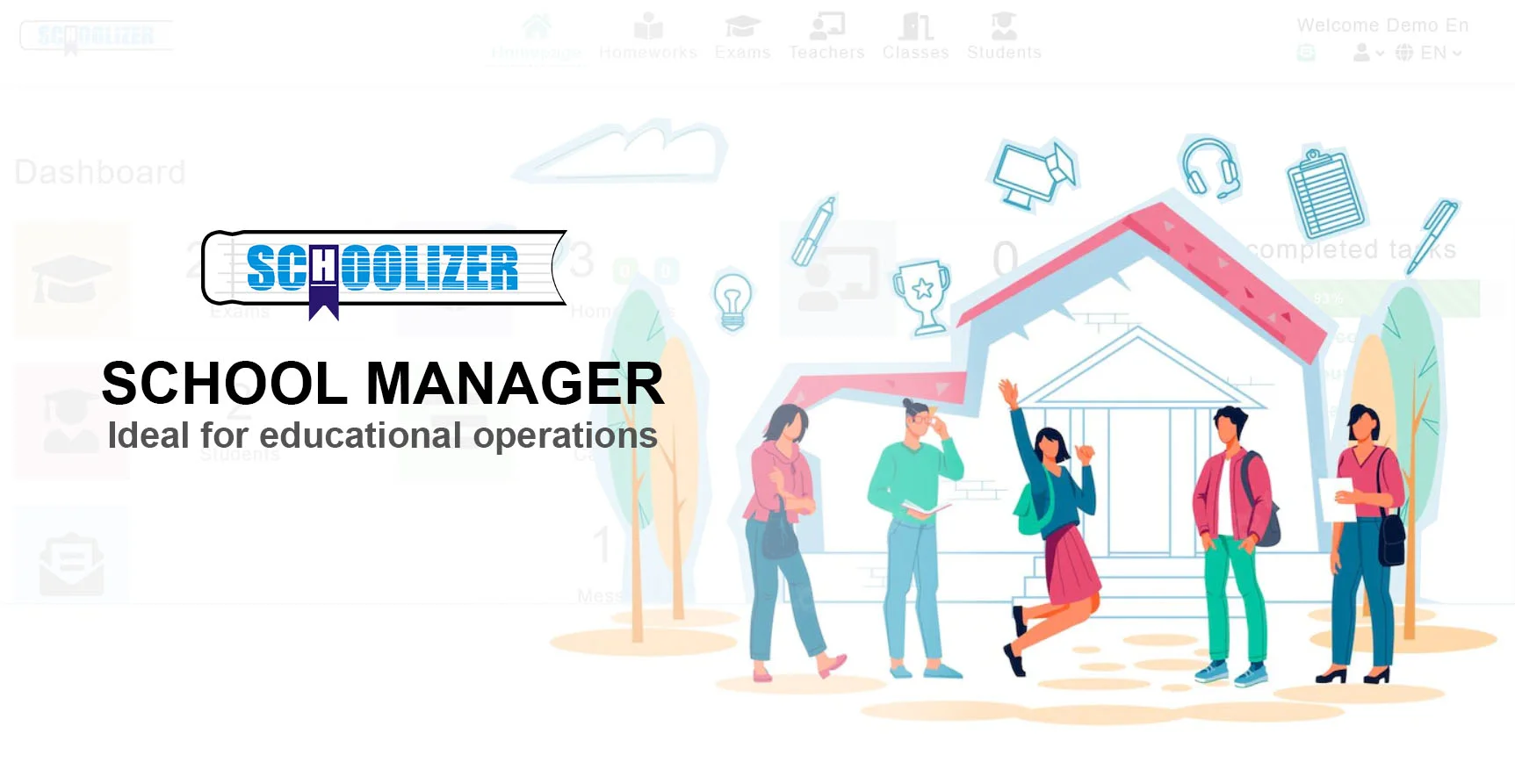Understanding Reading Level Measurement Tools: A Comprehensive Guide

Understanding Reading Level Measurement Tools: A Comprehensive Guide
Have you ever wondered how educators determine the appropriate reading materials for students? What tools do they use to measure reading levels, and why is this important? In this article, we will explore the various reading level measurement tools, their significance, and how they can be applied in real-world educational settings.
What Are Reading Level Measurement Tools?
Reading level measurement tools are systems or frameworks used to assess the complexity of a text and match it to a reader's ability. These tools help educators, parents, and librarians select books and materials that are neither too easy nor too challenging for a student. Some of the most commonly used tools include Lexile Framework, Fountas & Pinnell, Guided Reading Levels (GRL), and Developmental Reading Assessment (DRA).
For example, a teacher might use the Lexile Framework to find books that align with a student's measured reading ability, ensuring the material is engaging yet appropriately challenging.

Why Are Reading Level Conversion Charts Important?
Reading level conversion charts serve as bridges between different measurement systems. Since schools and publishers may use varying frameworks, these charts allow for seamless translation between them. This is particularly useful when transitioning between educational systems or when a student moves to a new school with a different assessment method.
A practical application of this is when a parent wants to find books at their child's reading level but the local library uses a different system than the school. A conversion chart can help the parent identify equivalent books.

How Do Reading Level Tools Work?
Each reading level tool operates on unique criteria. For instance, the Lexile Framework measures text complexity based on word frequency and sentence length, while Fountas & Pinnell evaluates factors like vocabulary, themes, and sentence structure. Understanding these differences is crucial for accurate assessment.
In a classroom setting, a teacher might use DRA to assess a student's reading fluency and comprehension, then refer to a conversion chart to find corresponding Lexile levels for book recommendations.
Practical Applications in Education
Reading level tools are not just for book selection—they play a vital role in curriculum development, personalized learning, and tracking student progress. Educators use these tools to tailor instruction to individual needs, ensuring each student is challenged appropriately.
For example, a school district might use Fountas & Pinnell levels to group students for guided reading sessions, allowing teachers to provide targeted support based on each group's abilities.

Challenges and Limitations
While reading level tools are invaluable, they are not without limitations. Some critics argue that these systems may oversimplify text complexity or fail to account for factors like student interest and background knowledge. Additionally, conversion between systems is not always precise, leading to potential mismatches.
A real-world challenge arises when a student excels in one measurement system but struggles with another, highlighting the need for a holistic approach to reading assessment.
Future of Reading Level Measurement
As technology advances, reading level tools are evolving to incorporate artificial intelligence and adaptive learning algorithms. These innovations promise more personalized and dynamic assessments, potentially addressing some of the current limitations.
For instance, AI-powered platforms can now analyze a student's reading habits in real-time, offering instant recommendations and adjustments based on performance.






